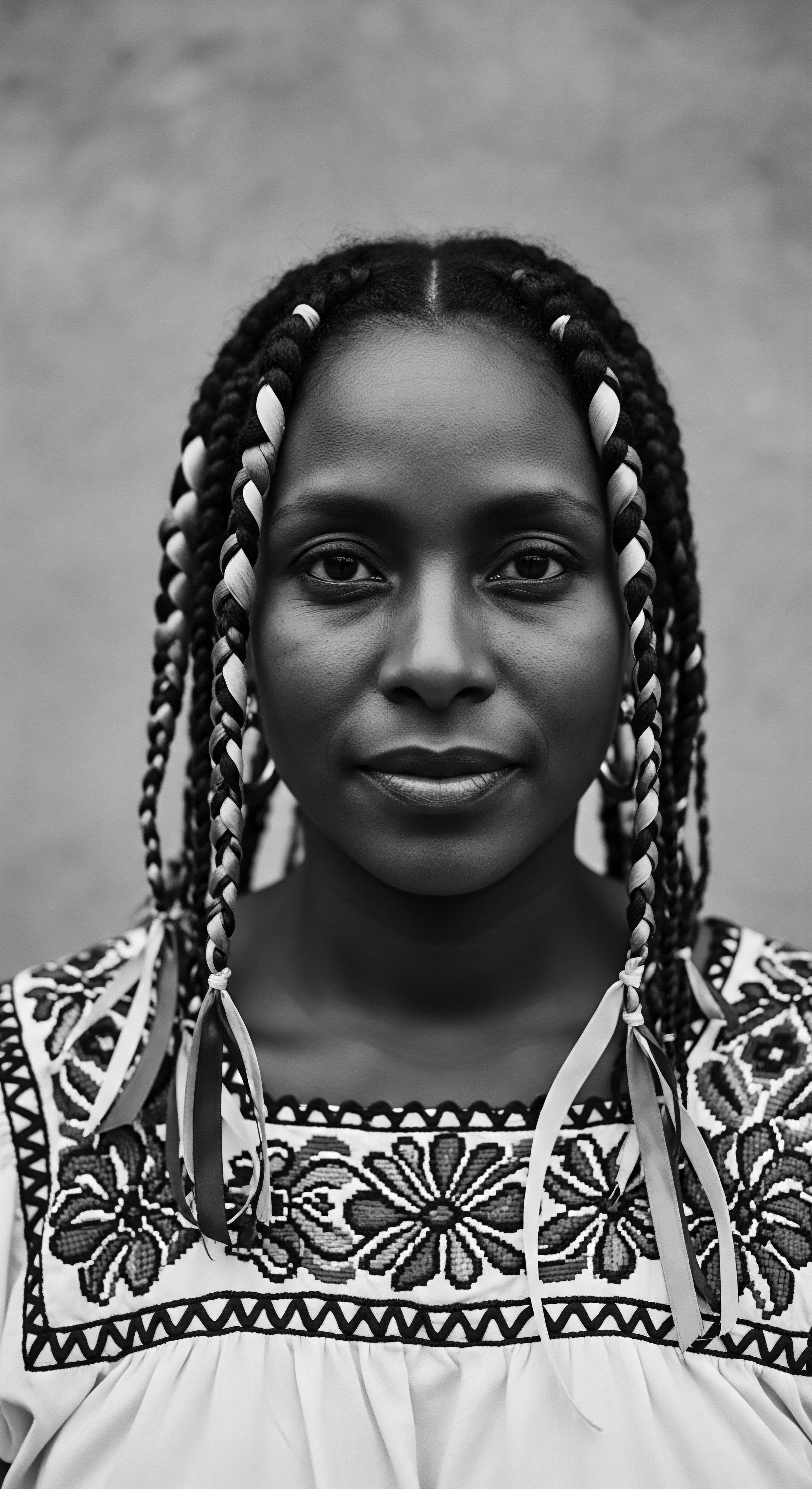
Roots
Consider, if you will, the intimate touch of a comb tracing patterns through your hair, the soothing scent of a particular oil, or the quiet focus required for a braid to form. For many with textured hair, particularly those from Black and mixed-race ancestries, these acts of care transcend mere personal grooming. They unfold as dialogues with history, whispers from generations past, and assertions of self in a world too often seeking to diminish. These are the moments when textured hair care rituals ascend, becoming profound acts of cultural resistance, deeply rooted in a shared Heritage.
The story of textured hair is not simply a biological marvel; it is a living archive, etched with the triumphs and trials of a people. From the earliest human civilizations, hair held immense significance, serving as a social ledger for identity, status, and spiritual connection. For African communities, hair was a powerful marker, telling tales of tribe, marital status, wealth, and belief.
Intricate styles communicated messages, acting as a non-verbal language understood within the community. This ancient reverence for hair, its inherent power, and its capacity for symbolic expression, forms the deepest stratum of textured hair Heritage.
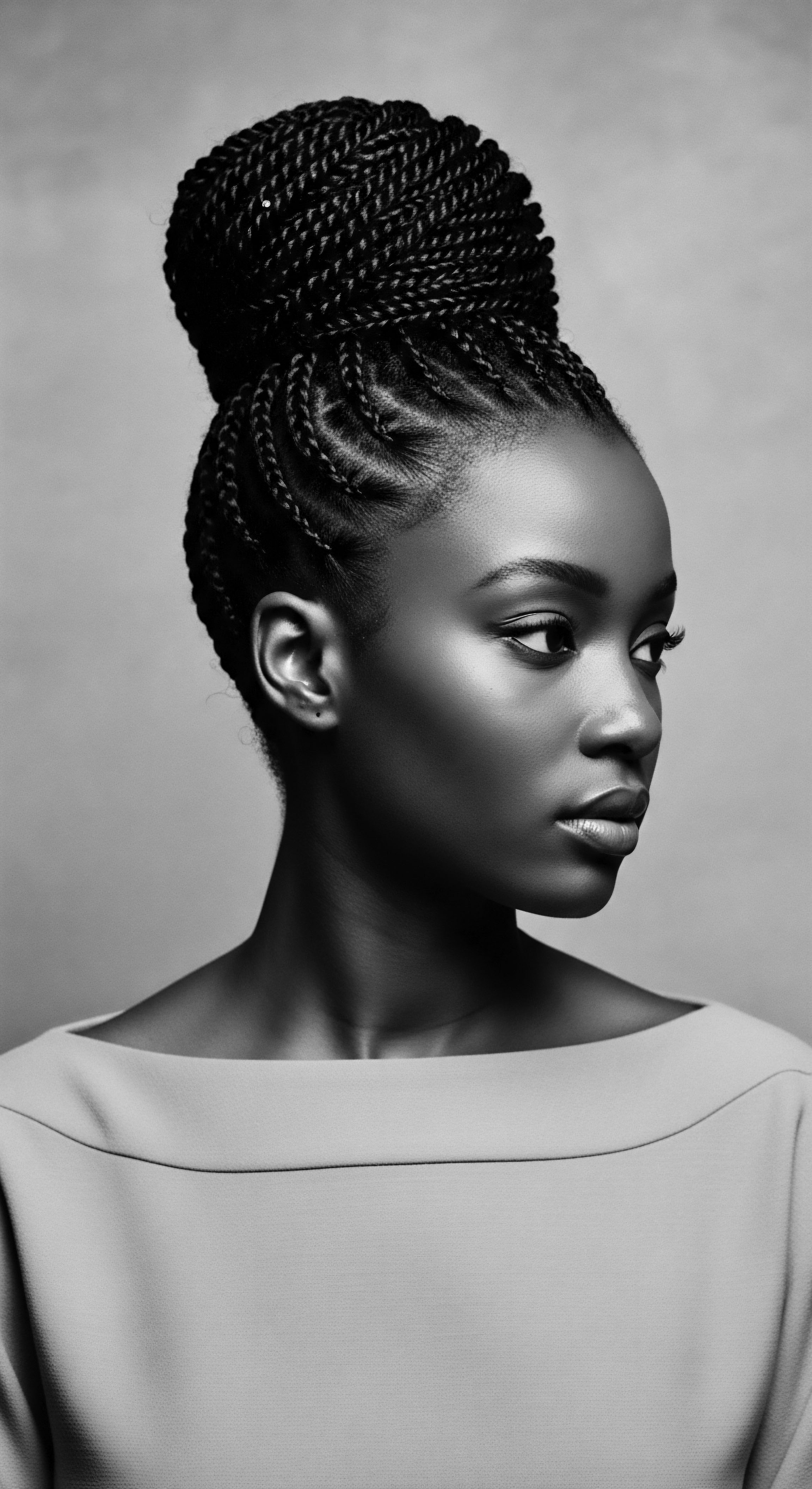
What Does Textured Hair Reveal About Our Ancestral Past?
To truly appreciate the deep-seated meaning within textured hair care as an act of resistance, we must first look at its biological architecture through the lens of history. Afro-textured hair, characterized by its tight coils and curls, evolved in response to environmental factors, namely the hot, sunny climates of Africa. This coiled structure offers insulation, protecting the scalp from intense sun while helping to maintain moisture in arid environments. Beyond its practical function, this hair became a marker of African Identity and culture, a source of collective pride.
The sheer diversity within textured hair patterns is itself a testament to human genetic richness and adaptation across the African continent and its diaspora. While modern classification systems often rely on numerical and letter designations (e.g. 3C, 4A), these often fall short of capturing the full spectrum of curl types, densities, and porosities. Historically, understanding hair was less about a scientific chart and more about intuitive knowledge passed down, recognizing hair’s behavior, its thirst, its strengths.
Our ancestors understood, often through observation and generations of practice, the unique needs of each strand. They developed a lexicon of care, not codified in textbooks, but held within the hands that braided, the fingers that detangled, and the remedies concocted from the earth.
Textured hair, in its very structure, carries echoes of a past where hair was a profound marker of identity and survival.

Ancestral Hair Anatomy and Its Care
Understanding hair anatomy, even at a basic level, helps illuminate the practices that arose around it. Each strand of hair emerges from a follicle, a tiny organ in the scalp. The shape of this follicle dictates the curl pattern. Oval or elliptical follicles produce more coiled hair, while rounder follicles yield straighter strands.
The tight curl patterns of textured hair mean that natural oils produced by the scalp struggle to travel down the hair shaft, leading to a predisposition for dryness. This fundamental biological reality gave rise to many traditional care rituals centered on moisture and protection.
- Butters ❉ Shea butter, known for its rich moisturizing properties, comes from the nuts of the African shea tree. It has been used for centuries across West Africa for skin and hair health, serving as a protective sealant for textured strands.
- Oils ❉ Castor oil, particularly black castor oil, has deep roots in African and Caribbean wellness traditions, prized for its ability to lubricate the scalp and promote hair vitality. Coconut oil, while perhaps more broadly recognized, also played a part in various traditional hair care regimens.
- Herbs ❉ African societies historically utilized a range of indigenous plants. Aloe vera, hibiscus, and various other botanical preparations provided cleansing, conditioning, and scalp soothing benefits. These ingredients reflect a profound relationship with the natural world.
These ancestral ingredients and methods formed the basis of care rituals, a practical science born of necessity and wisdom. They were not merely about appearance, but about the health and preservation of hair that was, in itself, a connection to a larger cultural narrative.
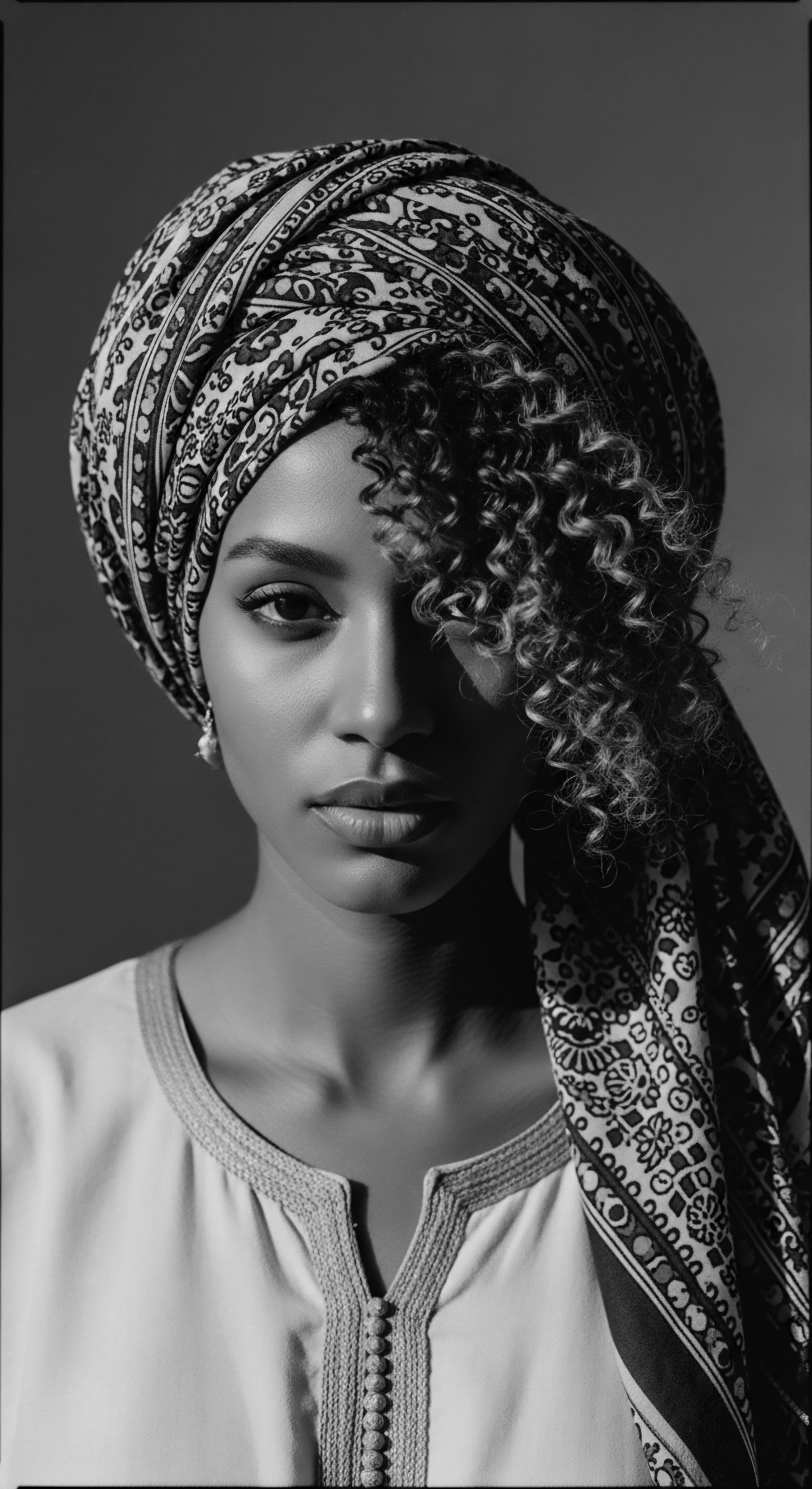
Ritual
As historical winds shifted, carrying echoes of displacement and forced dehumanization, the routines surrounding textured hair transformed. What began as communal acts of adornment and identity affirmation became, for enslaved Africans and their descendants, a quiet, yet potent, defiance. These rituals, sometimes practiced in secret, sometimes in plain sight but with hidden meanings, were acts of profound cultural resistance. They sustained a connection to a lost homeland and resisted the imposed erasure of identity.
The Middle Passage saw the forced shaving of heads upon arrival, a deliberate act to strip individuals of their cultural identity and sever ties to their past. Yet, even in the face of such brutality, the spirit of self-expression persisted. The very act of caring for hair, finding ways to style it, even with limited resources, became an assertion of humanity.
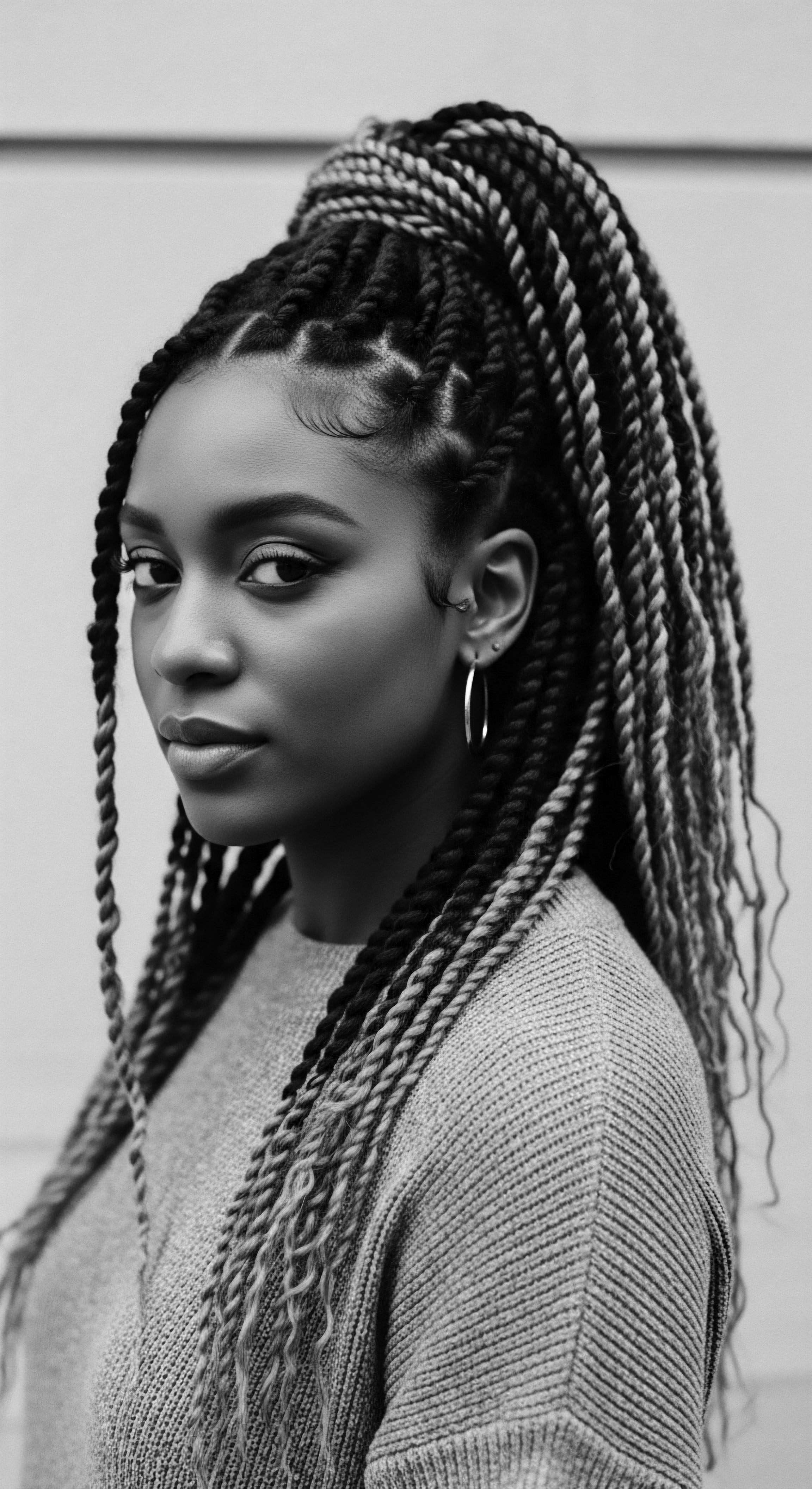
How Did Styling Practices Become Instruments of Resilience?
Styling textured hair, often an elaborate and time-consuming process, became a communal activity and a sanctuary for cultural continuity. In the brutal world of slavery, Sundays offered a scant moment of respite, and these precious hours were often dedicated to hair care. This practice forged bonds, offering a space for shared stories, whispered hopes, and the transmission of ancestral knowledge. The tools available might have been crude—hot butter knives for straightening, kerosene or bacon grease as improvised conditioners—but the intent was never diminished.
Consider the ingenious use of Cornrows during slavery. This ancient African style, originally used to convey status and identity, took on a new, urgent purpose. Enslaved individuals, particularly in regions like Colombia, braided their hair into intricate patterns that served as secret maps, indicating escape routes to freedom or safe havens.
They hid gold fragments or seeds within the plaits, provisions for a desperate journey. This transformation of a beauty practice into a tool for survival and communication represents a powerful example of cultural resistance.
Hair practices transformed into a coded language of survival and a defiant preservation of cultural memory.
The significance of hair extended beyond literal maps. Head wraps, initially a symbol of regality in many parts of Sub-Saharan Africa, were weaponized during enslavement, forced upon Black women to mark them as lesser. Yet, here too, resistance blossomed. Creole women in New Orleans, under the repressive Tignon Laws, were mandated to cover their hair.
In response, they fashioned their headwraps from luxurious fabrics, adorning them with jewels and feathers, transforming a symbol of subjugation into one of beauty and defiance. This act reclaims control and asserts an inherent dignity.

Traditional Styling in Context
The heritage of textured hair styling encompasses a spectrum of techniques, each with its own story and cultural footprint.
- Braiding Traditions ❉ Beyond cornrows, styles such as box braids, Senegalese twists, and Bantu knots each carry historical weight, often tracing back to specific African ethnic groups and their unique cultural practices. These styles protected the hair from harsh environments and offered a canvas for artistic expression.
- Adornments ❉ Beads, shells, and cowrie shells, used in ancient African hair practices, were not mere decorations. They held symbolic meanings, denoting status, rituals, or even protection. The continued use of these elements today speaks to a conscious connection with ancestral aesthetic and spiritual practices.
- Tools of Care ❉ While modern tools are abundant, traditional implements like wide-toothed combs, crafted from wood or animal bone, were designed to navigate the unique structure of textured hair with gentleness. The practice of using one’s fingers for detangling and styling also has deep roots, reflecting an intimate connection to the hair itself.
The emergence of Madame C.J. Walker in the early 20th century represents another chapter in this narrative. While often associated with hair straightening, her innovations made hair care products accessible to Black women, addressing the specific needs of textured hair and empowering economic independence within the community. Her work, and that of others, created a foundation for Black hair care businesses that provided alternatives to the dominant, often damaging, Eurocentric beauty standards.
| Era/Context Pre-Colonial Africa |
| Primary Hair Care Intention Identity marker, spiritual connection, social status, communal bonding. |
| Era/Context Slavery Era (Americas) |
| Primary Hair Care Intention Survival, communication, hidden resistance, preservation of humanity and cultural memory. |
| Era/Context Post-Slavery to Mid-20th Century |
| Primary Hair Care Intention Assimilation pressure, hygiene, social acceptance, economic opportunity (e.g. Madam C.J. Walker). |
| Era/Context Civil Rights Era (1960s-1970s) |
| Primary Hair Care Intention Assertion of Black pride, political statement, rejection of Eurocentric beauty norms, reclaiming heritage. |
| Era/Context Contemporary Period |
| Primary Hair Care Intention Self-acceptance, health, authenticity, honoring heritage, personal expression, continued resistance. |
| Era/Context The evolving intentions behind textured hair care highlight its enduring role as a marker of identity and resilience through history. |

Relay
The echoes of ancestral practices and the defiant spirit of those who came before us reverberate in contemporary textured hair care. Today, these rituals continue to act as cultural resistance, a purposeful rejection of homogenization and a joyful assertion of self. The decision to wear one’s hair in its natural state, or in styles that pay homage to historical patterns, is not simply a styling preference; it is a conscious engagement with a profound Heritage. It is a declaration of autonomy over one’s body and image, particularly in societies that have historically devalued Black hair.
The systematic devaluation of coiled and kinky textures began with the transatlantic slave trade, where Eurocentric beauty standards were imposed, labeling textured hair as “bad” or “unruly.” This bias persisted, manifesting in workplace discrimination, school policies, and societal pressures that compelled many to straighten their hair for acceptance. The Natural Hair Movement, gaining significant momentum in recent decades, represents a direct continuation of this resistance, a collective journey to reclaim a birthright.
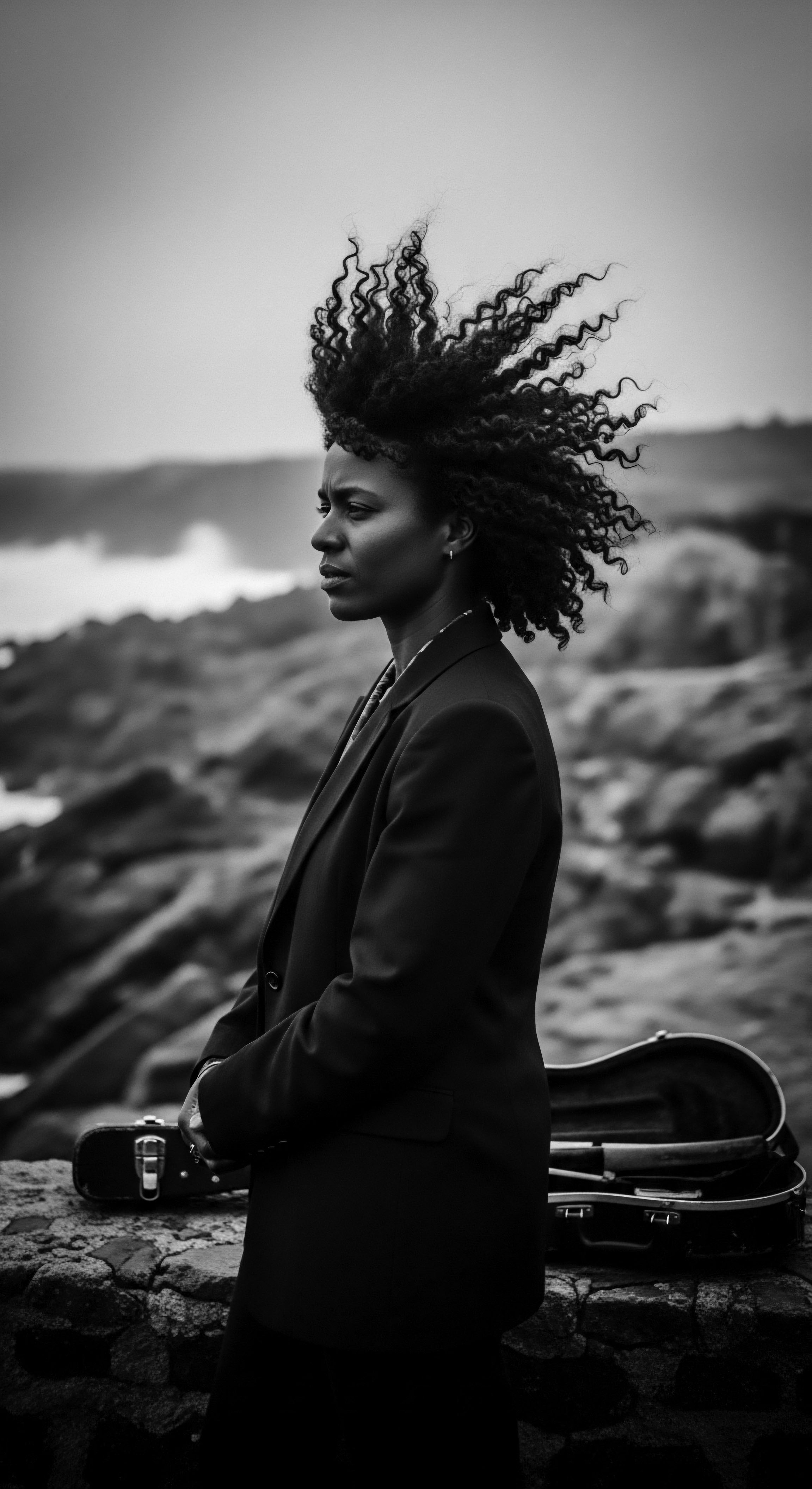
What Does the Natural Hair Movement Represent for Black Identity?
The natural hair movement is a powerful expression of self-determination and an open affirmation of Black identity. It stems from a desire to reconnect with ancestral roots, rejecting the notion that natural textured hair needs to be altered to be considered beautiful or professional. This shift in perception is not merely aesthetic; it carries profound psychological and cultural implications. It permits individuals to see their natural hair as inherently beautiful, worthy of care, and a direct link to their ancestors.
As Banks (2000) notes, wearing one’s natural hair serves as a strategy of resistance to white beauty standards and forms a connection to African roots and heritage. This sentiment is not confined to personal preference; it shapes public discourse and influences policy.
In recent years, the legal landscape has begun to reflect this cultural shift. The CROWN Act (Creating a Respectful and Open World for Natural Hair), initially passed in California in 2019 and now adopted by several US states, prohibits discrimination based on hair texture or protective hairstyles commonly associated with race. This legislative action directly addresses the historical prejudice faced by individuals with textured hair in schools and workplaces. It stands as a testament to the persistent advocacy and resistance that has transformed personal hair choices into a civil rights issue.
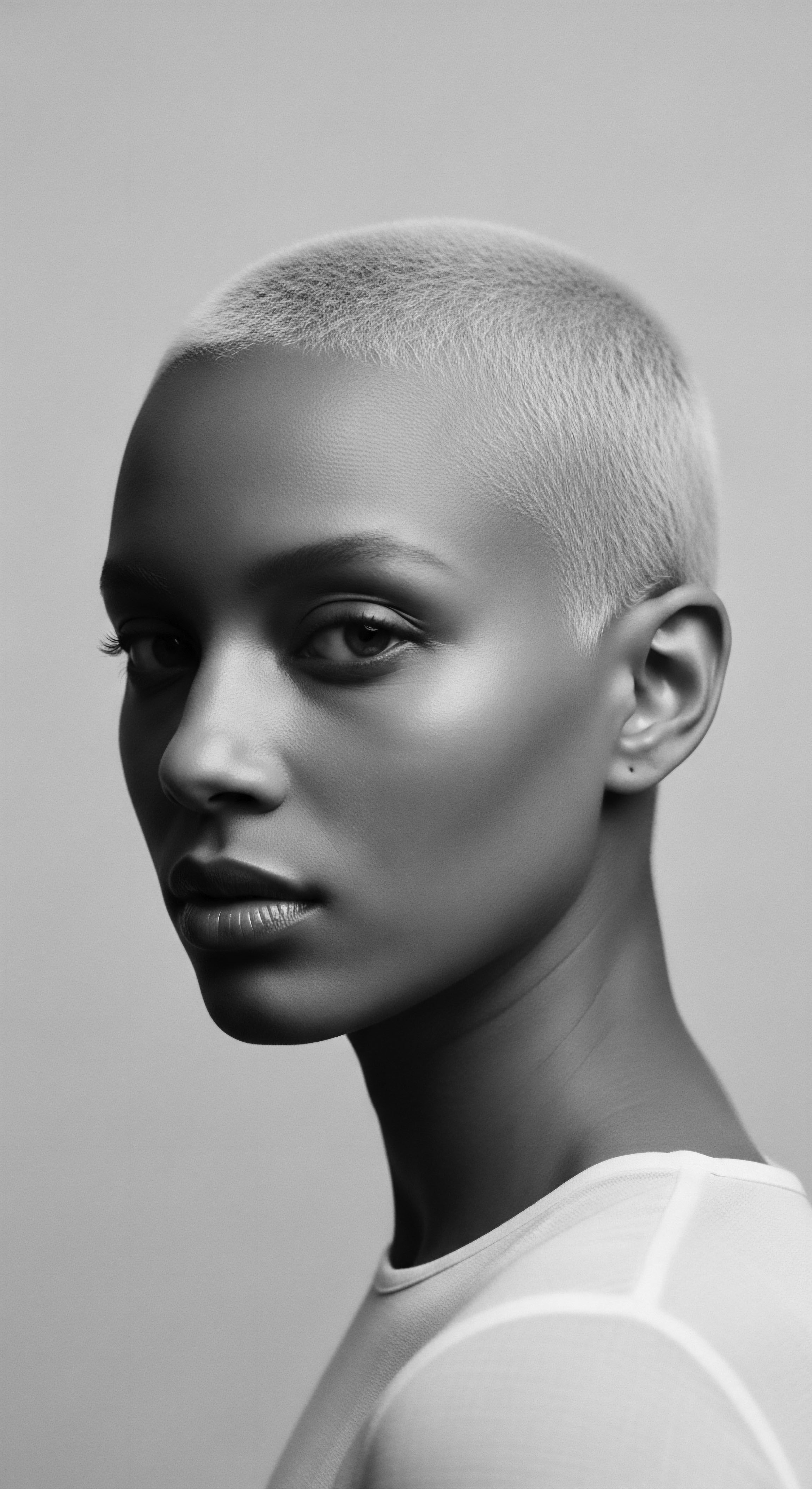
Ancestral Wisdom in Contemporary Wellness
The holistic approach to textured hair care today often mirrors the wisdom of ancestral practices. There is a growing recognition that true hair wellness extends beyond topical products; it encompasses internal health, mindful rituals, and a connection to cultural roots.
The practice of Hair Oiling, deeply embedded in ancient Indian Ayurvedic traditions and also present in various African societies, finds new resonance. It involves warming oils and massaging them into the scalp, not just for physical nourishment but as a moment of self-connection and mindful well-being. This ritual is a tangible link to a heritage of self-care and the understanding that beauty stems from within.
Nighttime care rituals, particularly the use of bonnets and silk wraps, carry a layered historical significance. While bonnets were once weaponized as markers of servitude during slavery, they have been reclaimed as symbols of protection and cultural expression. Today, these accessories preserve delicate hairstyles, retain moisture, and reduce friction, preventing breakage. Their continued popularity speaks to a practical need coupled with a strong cultural attachment and a lineage of ingenuity in protecting textured hair.
The choice to use specific ingredients also reflects a continuity of heritage.
- Chebe Powder ❉ Hailing from Chad, this traditional African hair treatment, made from a specific plant, is known for its ability to strengthen hair and promote length retention, often used in rituals involving elaborate wrapping.
- Rhassoul Clay ❉ Originating from Morocco, this mineral-rich clay has been used for centuries as a cleanser and conditioner for hair and skin, offering a gentle alternative to harsh shampoos.
- African Black Soap ❉ A traditional cleanser from West Africa, it provides a gentle yet effective wash, balancing moisture without stripping natural oils.
These practices, validated by both time and a growing body of scientific understanding, represent a deliberate act of choosing ancestral wisdom over imposed norms. They are acts of resistance, not through overt confrontation, but through the quiet power of self-love, cultural affirmation, and the continuous honoring of one’s distinctive Heritage.
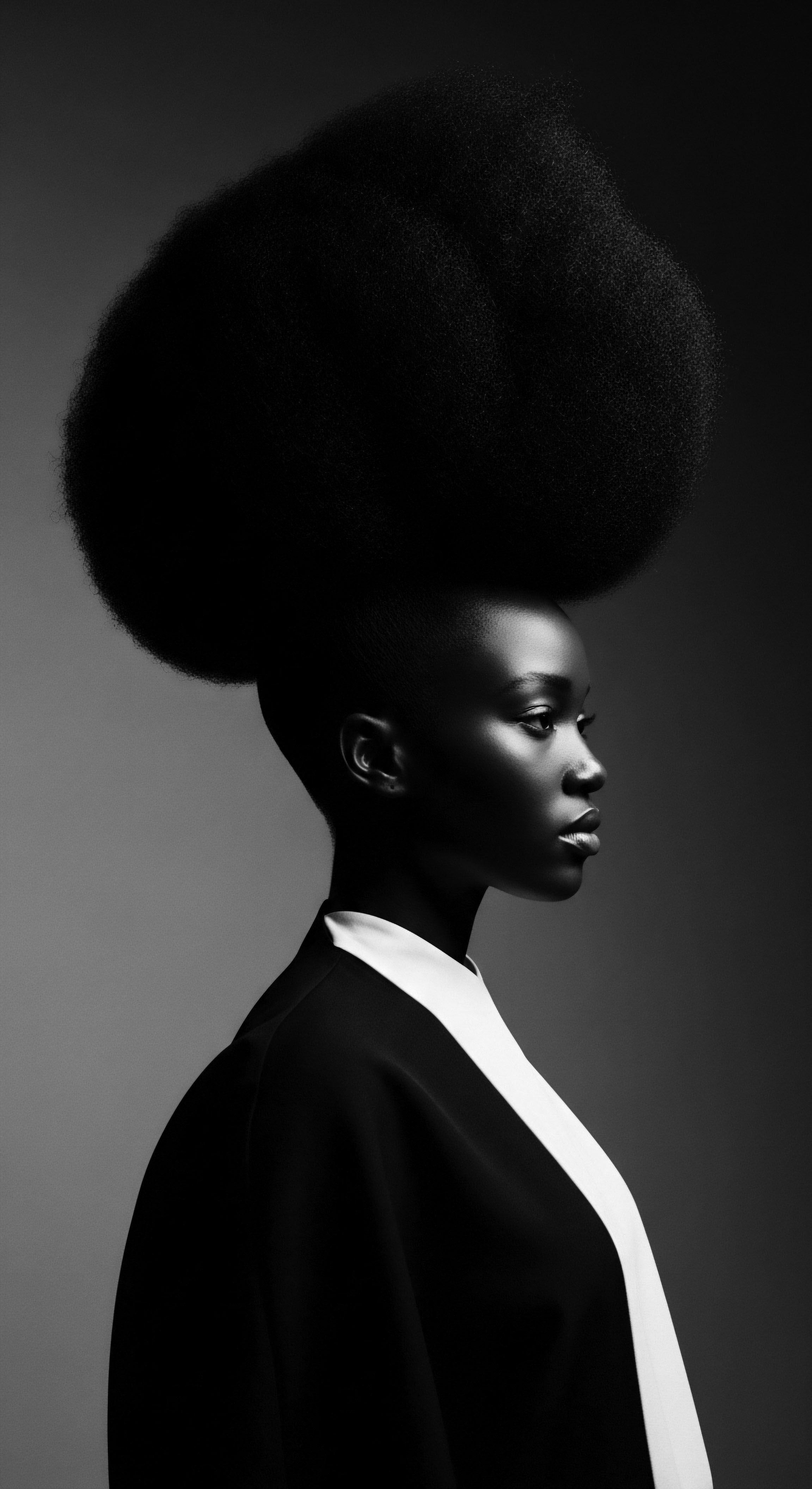
Reflection
To truly grasp why textured hair care rituals became acts of cultural resistance, we must view them as living narratives. Each wash day, every careful detangling session, each chosen style speaks to a resilience passed down through generations. These daily acts are not merely about aesthetics; they are profoundly steeped in ancestral memory, in the deliberate refusal to surrender one’s identity. They connect us to the women and men who, against all odds, maintained their dignity through their crowns, using hair as a canvas for communication, a repository of strength, and a vibrant banner of defiance.
The journey of textured hair, from revered symbol in ancient Africa to a target of subjugation, and then to a powerful emblem of resistance and pride, illuminates a story of unbreakable spirit. It is a story told not only through historical texts but through the very fibers of our hair, through the communal moments of care, and through the evolving lexicon that gives voice to this unique beauty. Roothea’s ‘Soul of a Strand’ ethos acknowledges this profound connection, inviting us to see each curl, each coil, as a living testament to a rich and enduring Heritage. Our hair, indeed, is a living library, its pages written in every strand, holding the wisdom of those who came before us, and waiting for us to continue its powerful, radiant story.
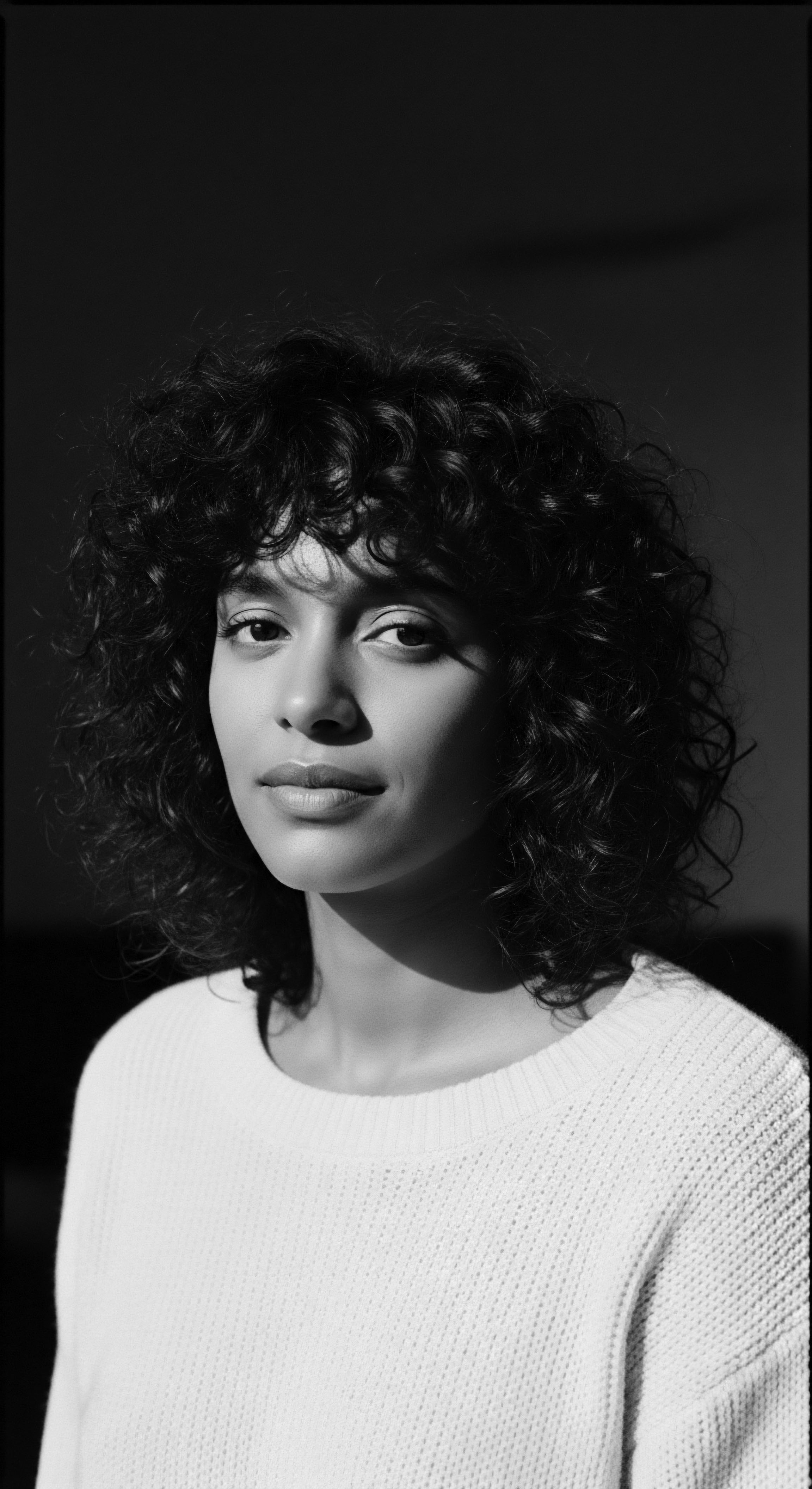
References
- Byrd, A. D. & Tharps, L. L. (2001). Hair Story ❉ Untangling the Roots of Black Hair in America. St. Martin’s Press.
- Hill, D. (2024). Rhetoric of Natural Hair ❉ Cultural Contradictions. Advances in Applied Sociology, 14, 504-516.
- Johnson, E. (2013). Resistance and Empowerment in Black Women’s Hair Styling. Paper presented at the Annual Meeting of the Southern Sociological Society.
- King, V. & Niabaly, D. (2013). The Politics of Black Women’s Hair. Journal of Undergraduate Research at Minnesota State University, Mankato.
- Lester, N. A. (2000). Nappy Edges and Goldy Locks ❉ African- American Daughters and the Politics of Hair. The Lion and the Unicorn, 24(2), 201-224.
- Patton, T. O. (2006). “Hey Girl, Am I More Than My Hair?” ❉ African American Women and Their Struggles with Beauty, Body Image, and Hair. NWSA Journal, 18(2), 24-51.
- Robinson, C. (2011). Hair as Race ❉ Why “Good Hair” May Be Bad for Black Females. Howard Journal of Communications, 22(4), 358-376.
- Tate, S. (2007). Black Beauty ❉ Shade, Hair and Anti-Racist Aesthetics, 30:2, 300-319. Ethnic and Racial Studies, 30(2), 300-319.
- Thompson, C. (2009). Black Women, Beauty, and Hair as a Matter of Being. Women’s Studies ❉ An Inter-Disciplinary Journal, 38(8), 831-856.
- Weitz, R. (2001). Women and Their Hair ❉ A Study of Personal Expression and Social Context. Temple University Press.
